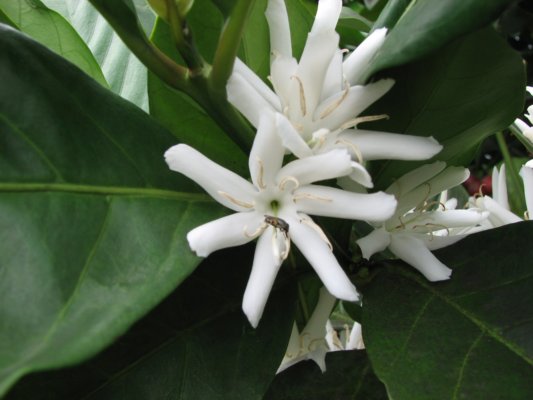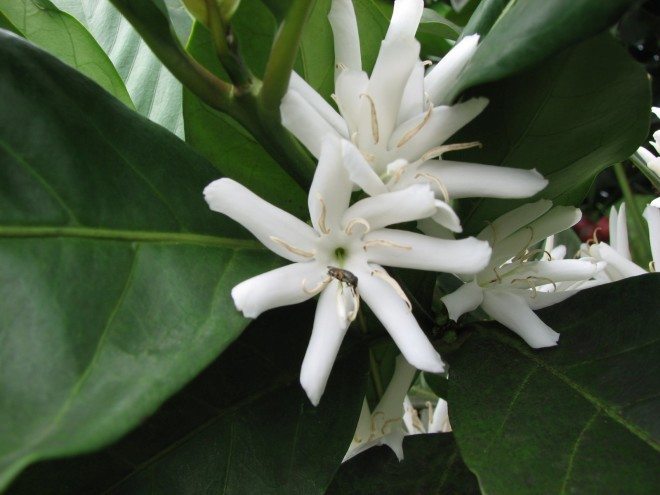Usually during this time of year, the delicate Arabica coffee plants in the mountains of Brazil, where most of the world’s coffee comes from, are maturing. White, fragrant flowers have appeared, followed by cherry-like fruit, each containing two seeds: Arabica coffee beans, the most popular in the world.
But last month, the worst drought in decades hit Brazil’s coffee belt region, destroying crop yields and causing the price of coffee to shoot up by more than 50 percent so far this year. The drought is historic, with more than 140 cities in Brazil forced to ration water. The country’s leading newspapers reported that some neighborhoods are receiving water only every three days.
For now, retail prices for coffee are stable. Roasters typically have enough supplies to cover themselves for a few months. But if the price of the Arabica (pronounced uh-RAB-ick-uh) beans continues to rise, consumers could start seeing the cost of their morning coffee creep up later this year, according to Jack Scoville, a futures market analyst specializing in grains and coffee, among other commodities.










